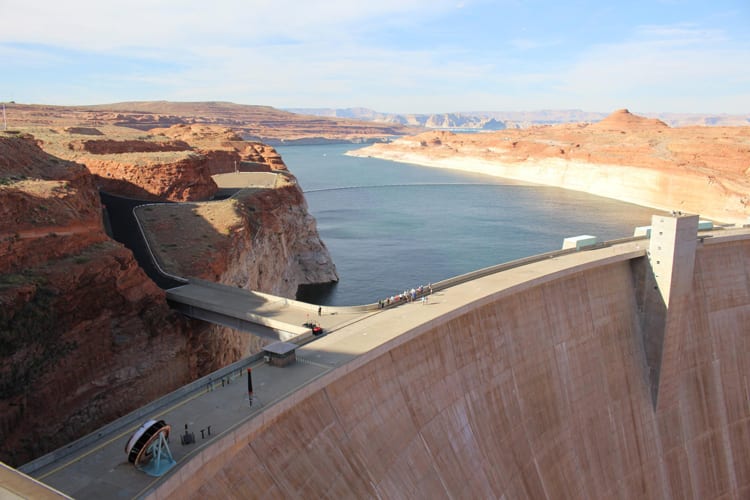
By by Luke Runyon | AZBigMedia
The way cities are built influences how water is used. That has been true for as long as there have been cities, but people who design cities and the people who manage water haven’t always worked together. A new report led by University of Arizona landscape architecture and planning researchers reveals a desire among practitioners to change that.
The report, produced with support from the Water Research Foundation, summarizes findings from an extensive study of coordination efforts between water managers and urban planners. After conducting a literature review, two national surveys with responses from nearly 1,000 practitioners, five in-depth case studies and a two-day workshop at the UA, the researchers concluded that, while coordination between these two groups does happen across the country, it does not happen as often as both would like it to.
“In order to design and build cities to be more water-efficient, we need to have more collaboration between water agencies and those who manage how cities are developed,” said Philip Stoker, assistant professor of planning and landscape architecture at the UA College of Architecture, Planning and Landscape Architecture. Stoker and UA Professor of Planning Gary Pivo co-led the study.











